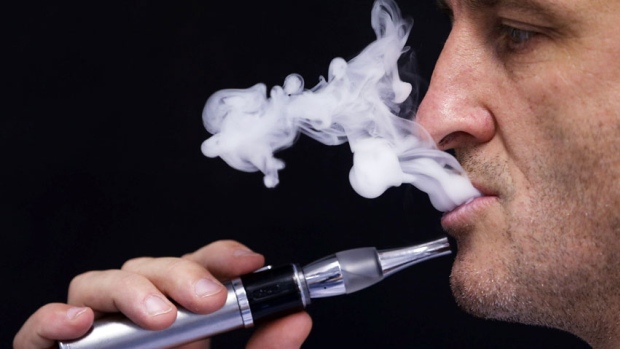MELBOURNE: The new heated tobacco devices — marketed as a safer substitute for cigarettes — cause the same damage to human lung cells as vaping and traditional smoking, a study led by an Indian-origin researcher has found.
The study, published in ERJ Open Research, suggests that the device, which heats solid tobacco instead of an e-liquid, is no less toxic to the cells than ordinary cigarette smoke.
“Smoking is the leading cause of preventable death, and with the introduction of e-cigarettes in the last decade, the trend of nicotine uptake is not going to slow down in the near future,” said Pawan Sharma from the University of Technology Sydney and the Woolcock Institute of Medical Research in Australia.
“If the current trend continues, tobacco use will cause more than eight million deaths annually by 2030 around the world,” said Sharma, who led the study.
The latest addition in this emerging trend is the planned and vigorous introduction of heated tobacco devices.
They are commonly called next generation or heat-not-burn products.
“We know very little about the health effects of these new devices, so we designed this research to compare them with cigarette smoking and vaping,” Sharma said.
Researchers tested the effects of all three nicotine sources on two types of cells taken from the human airways: epithelial cells and smooth muscle cells.
In healthy lungs, epithelial cells act as the first line of defence to any foreign particles entering the airway while smooth muscle cells maintain the structure of the airway.
However, smoking can lead to difficulty in breathing primarily by hampering the normal functions of these cells.
Sharma and his team exposed the cells to different concentrations of cigarette smoke, e-cigarette vapour and vapour from a heated tobacco device, and measured whether this was damaging to cells and whether it affected the cells’ normal functions.
The researchers found that cigarette smoke and heated tobacco vapour were highly toxic to the cells both at lower and higher concentrations while e-cigarette vapour demonstrated toxicity mainly at higher concentrations.
They said that these concentrations represent the levels of nicotine found in chronic smokers.
“We observed different levels of cellular toxicity with all forms of exposures in human lung cells,” said Sukhwinder Sohal, a researcher at the University of Tasmania in Australia.
“What came out clearly was that the newer products were in no way less toxic to cells than conventional cigarettes or e-cigarette vaping,” Sohal said.
“Our results suggest that all three are toxic to the cells of our lungs and that these new heated tobacco devices are as harmful as smoking traditional cigarettes,” Sharma added.
“It took us nearly five decades to understand the damaging effects of cigarette smoke and we don’t yet know the long-term impact of using e-cigarettes,” he said.
“These devices that heat solid tobacco are relatively new and it will be decades before we will fully understand their effects on human health.
“What we do know is that damage to these two types of lung cells can destroy lung tissue leading to fatal diseases such as chronic obstructive pulmonary disease, lung cancer and pneumonia, and can increase the risk of developing asthma, so we should not assume that these devices are a safer option,” said Sharma. (AGENCIES)
Trending Now
E-Paper


